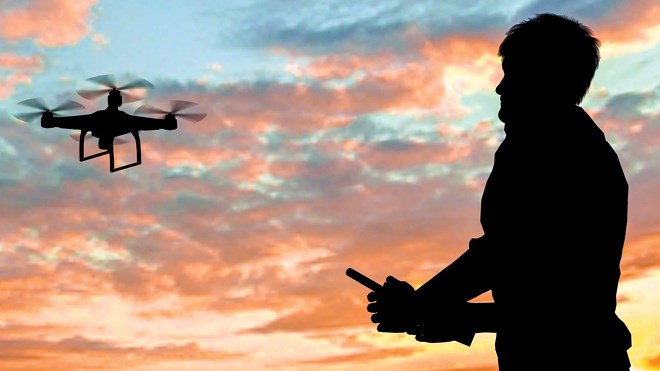Already in use by several police departments across Canada, Sudbury police are looking to add drones to their arsenal of equipment, a tool police say will save them time, money and improve their response to emergency situations.
The unmanned aerial vehicles (UAVs), as police call them, are already widely used by the Ontario Provincial Police, which employs them for such things as quickly detailing the area around traffic collisions and for search and rescue operations.
In Sudbury, the police services board approved a plan Wednesday that would make drones part of $1.45 million in funding applications from the province.
Police Chief Paul Pedersen said a drone can do mapping of a crime or accident scene in a fraction of the time it takes now.
"They would allow us to go over the top of a scene,” Pedersen said. “Imagine a car accident scene or a crime scene. Normally, it takes hours for our officers to map out those scenes. It is going to save tons and tons of time.
"Just with crime scene mapping, there's just a whole bunch of uses that are going to save us hours and hours of time and translate to dollar savings for our community."
Drones also have similar capabilities to helicopters, a piece of equipment the force doesn't have.
“You know that we don't have a helicopter, and when we need a helicopter, it's the OPP that have to deliver it,” he said.
In some cases, such as when someone goes missing, a drone would allow police to deploy and search an area in much less time.
"The missing persons cases are a prime example of where a UAV could go up very early on, very quickly scan a larger area than we could ever cover by foot," he said. "So this is a tool that's going to be available for those quick searches that get us up over top and looking around when we're tracking someone. The UAVs can go over top and give us a truly bird's eye view."
If the funding request is approved, police would prepare an RFP for a drone with certain specifications. That's when they would get a better idea of how much it will cost. The UAVs can cost anywhere from a few thousand dollars to hundreds of thousands.
The funding would pay a portion of the cost, with the remainder coming from the police budget. Local officers would have to be trained, likely with help from other police forces already using them.
"We'll be looking to them to help lead us," Pedersen said. "So it's a ways away still."



